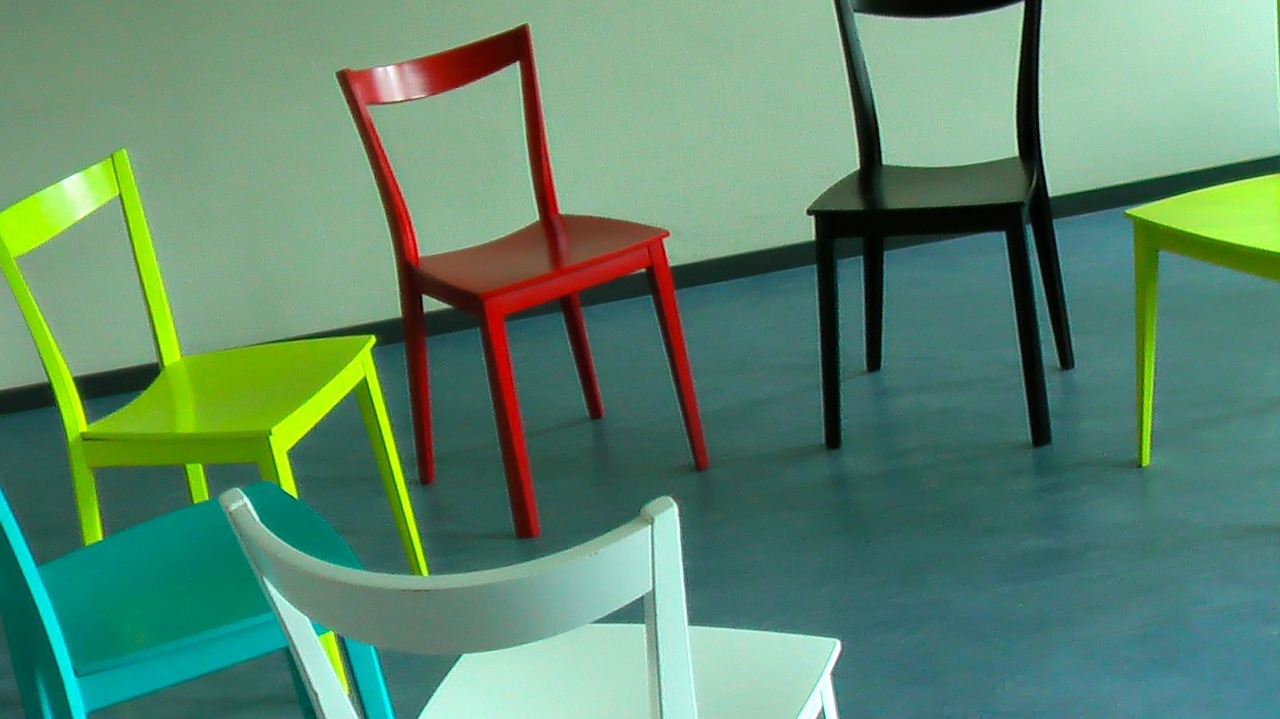Therapy and Treatment
What you’ll learn to do: explain and compare treatment modalities
There are several modalities, or methods, of treatment: individual therapy, group therapy, couples therapy, and family therapy are the most common. In an individual therapy session, a client works one-on-one with a trained therapist. In group therapy, usually 5–10 people meet with a trained group therapist to discuss a common issue (e.g., divorce, grief, eating disorders, substance abuse, or anger management). Couples therapy involves two people in an intimate relationship who are having difficulties and are trying to resolve them. The couple may be dating, partnered, engaged, or married. The therapist helps them resolve their problems as well as implement strategies that will lead to a healthier and happier relationship. Family therapy is a special form of group therapy. The therapy group is made up of one or more families. The goal of this approach is to enhance the growth of each individual family member and the family as a whole.
Learning Objectives
- Describe the types and benefits of different types of group therapies
- Explain why the sociocultural model is important in therapy and what type of cultural barriers prevent some people from receiving mental health services
Licenses and Attributions (Click to expand)
CC licensed content, Original
- Modification, adaptation, and original content. Provided by: Lumen Learning. License: CC BY: Attribution
CC licensed content, Shared previously
- Treatment Modalities. Authored by: OpenStax College. Located at: https://openstax.org/books/psychology-2e/pages/16-3-treatment-modalities. License: CC BY: Attribution. License Terms: Download for free at https://openstax.org/books/psychology-2e/pages/1-introduction
- Image of chairs. Authored by: wollyvonwollery. Located at: https://pixabay.com/en/chairs-chair-circle-therapy-58475/. License: CC0: No Rights Reserved


